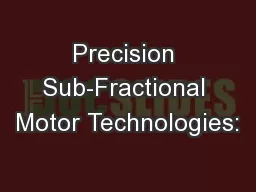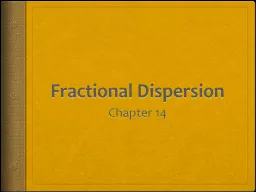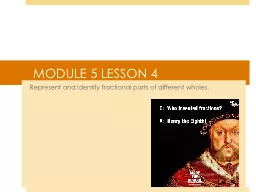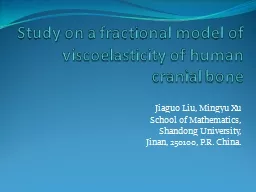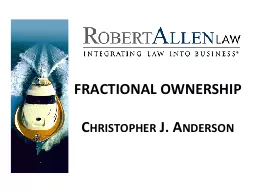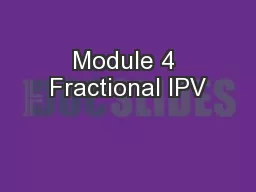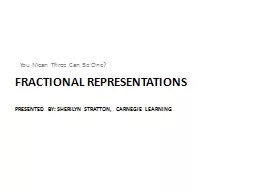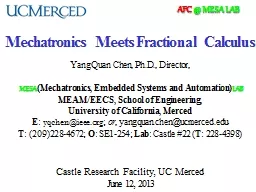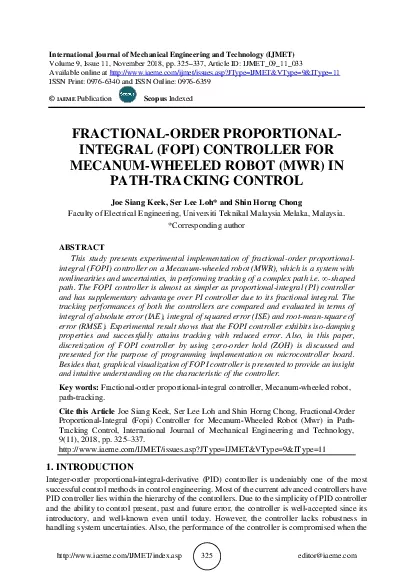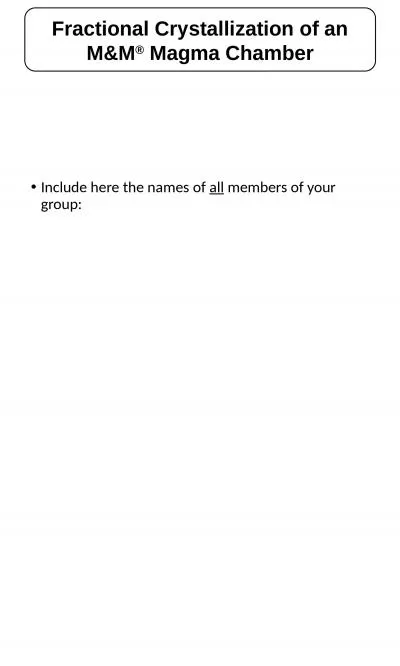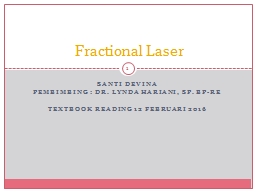PPT-Precision Sub-Fractional Motor Technologies:
Author : sherrill-nordquist | Published Date : 2018-03-08
How to Match the Best Technology for Your Application Day 2 DC Brush PM amp Piezo Motors AdvantagesDisadvantages Examining Selected Precision Application Examples
Presentation Embed Code
Download Presentation
Download Presentation The PPT/PDF document "Precision Sub-Fractional Motor Technolog..." is the property of its rightful owner. Permission is granted to download and print the materials on this website for personal, non-commercial use only, and to display it on your personal computer provided you do not modify the materials and that you retain all copyright notices contained in the materials. By downloading content from our website, you accept the terms of this agreement.
Precision Sub-Fractional Motor Technologies:: Transcript
Download Rules Of Document
"Precision Sub-Fractional Motor Technologies:"The content belongs to its owner. You may download and print it for personal use, without modification, and keep all copyright notices. By downloading, you agree to these terms.
Related Documents

